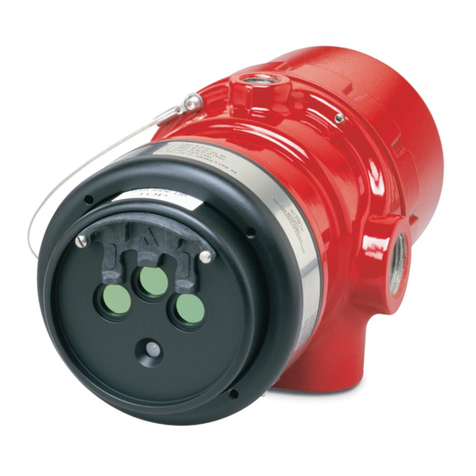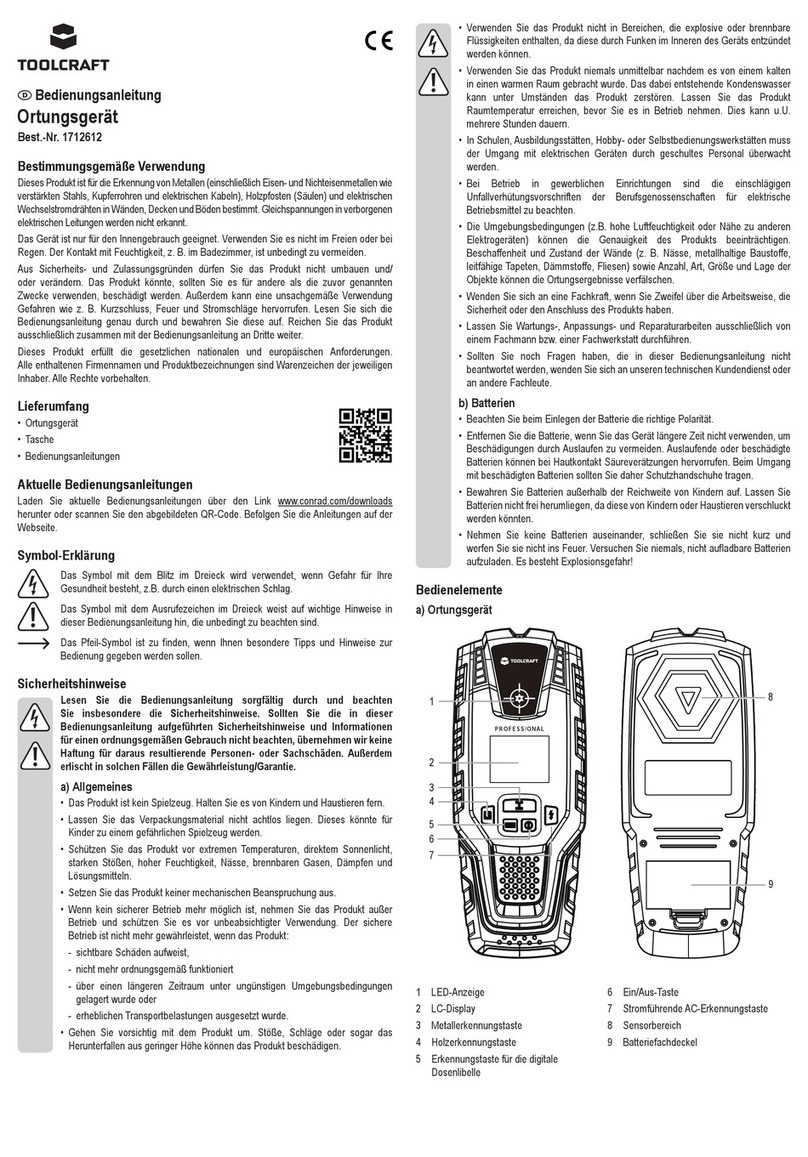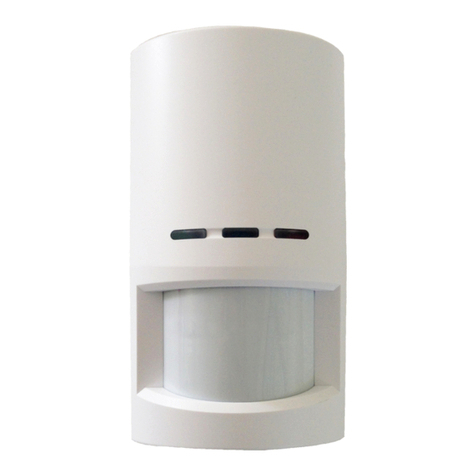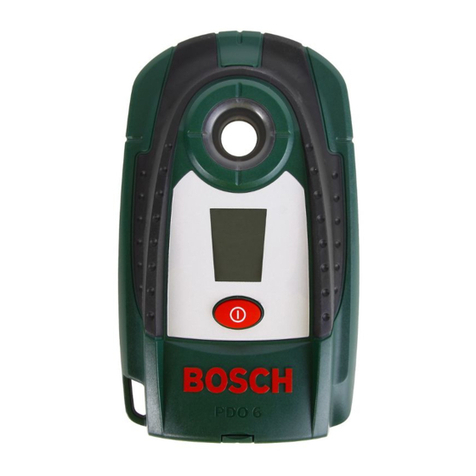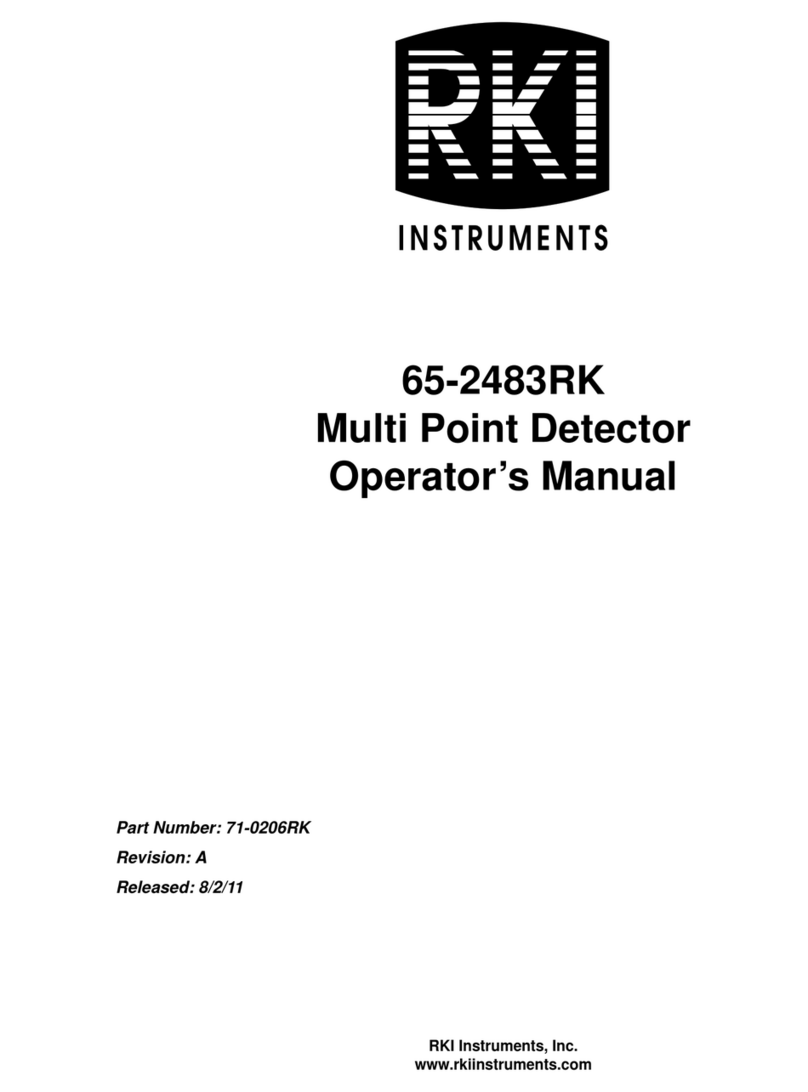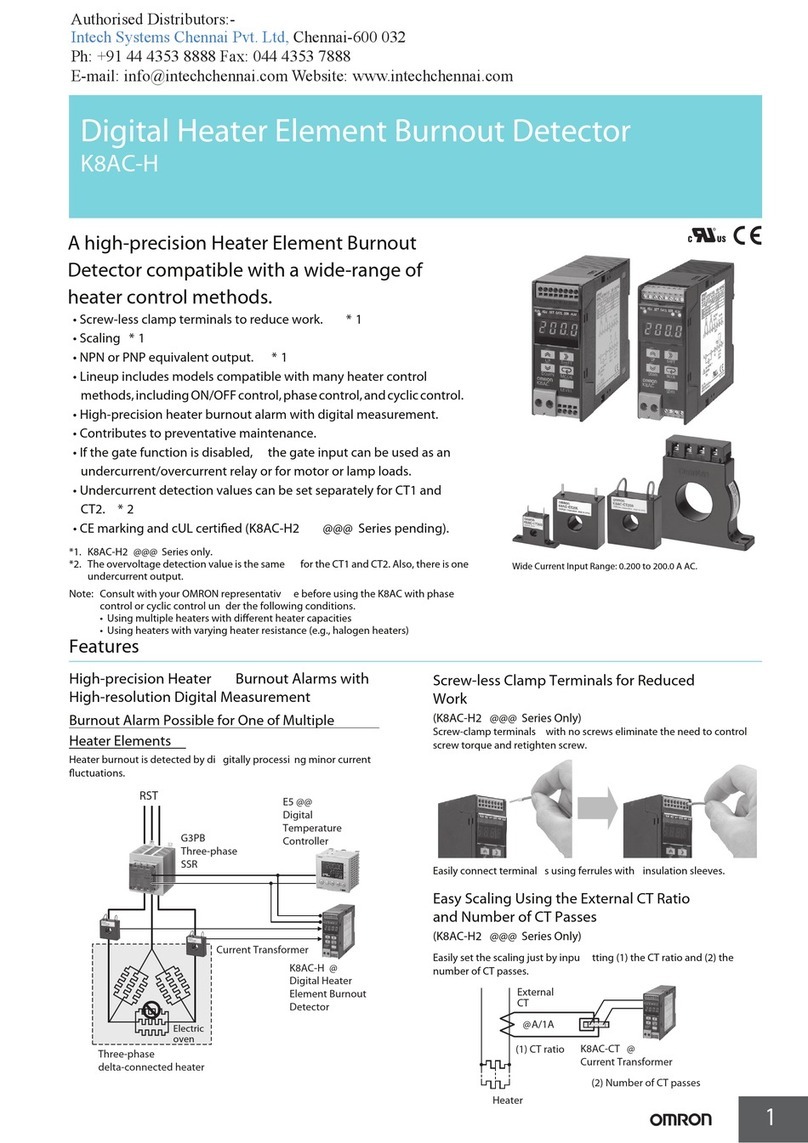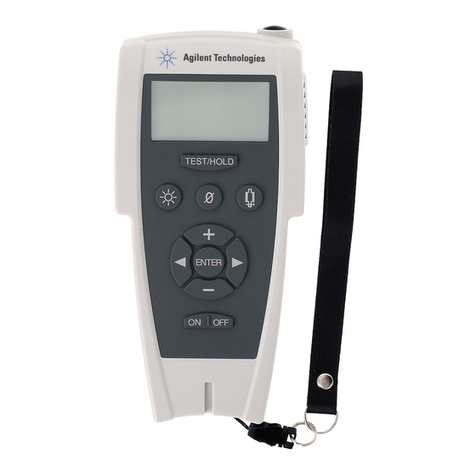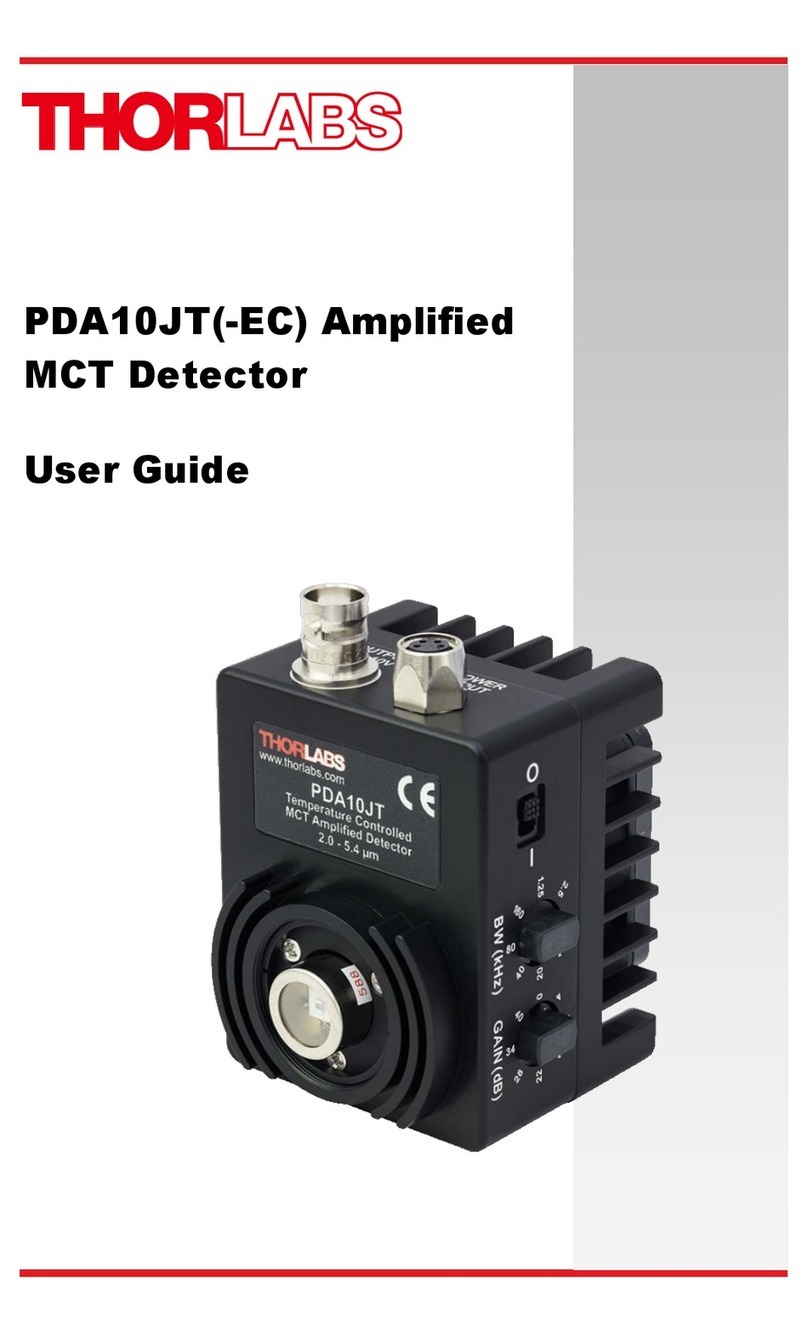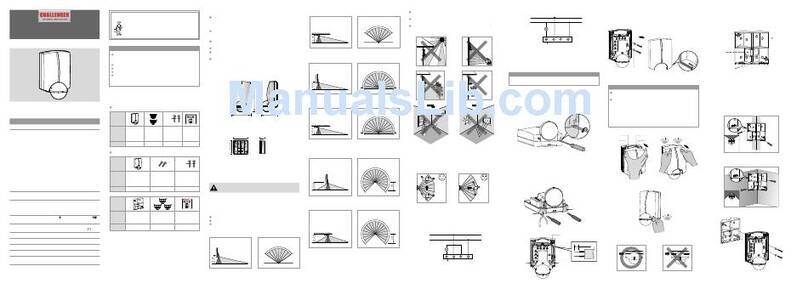
P:\INST INSTRUCTIONS\EGRESS CONTROLS\INST-MD-31DOW REV B 10-21 Page 2
Fail Secure-switch OFF: In the event of a power failure, the relay
causes the locking mechanism (such as door strike or magnetic lock) to
remain locked. Use this setting only with AHJ approval as life safety can
be affected. In addition, ensure there is no interference with functioning
of any panic devices associated with the system MD-31DOW is
connected to.
DIP SWITCH 3-LED Enable/LED Disable selection
DIP Switch 3 selects either the LED to light upon detection of motion or
remain off. It Is recommended not to select disable pr10r to walk testing
the detector as it can provide visual feedback of detector coverage
pattern.
DIP SWITCHES 4, 5 and 6-Latch Time selection
DIP Switch 4, 5 and 6 are used in combination to select the duration of
the relay latch time after the relay is activated by motion detection. Use
the following chart to select a latch time from 0.5 second to 64 seconds:
SECURITY DOOR CONTROLS ■ WWW.SDCSECURITY.COM
[t] 800.413.8783 ■ 805.494.0622 ■ E-mail:
[email protected] ■ 80
1 Avenida Acaso, Camarillo, CA 93012 ■ PO Box 3670, Camarillo, CA 93011
The following operational settings must be selected:
DIP SWITCH 1-Resettable/Non-resettable timer selection
DIP Switch 1 selects either relay reset at the end of latch time ("Non-
Resettable") or latch time extension upon additional motion
("Resettable").
Resettable-switch ON: After motion initially activates the relay, each
additional detection of motion causes the latch timer to restart.
Only when there is no longer motion and the latch time Is allowed to
expire will the relay deactivate. This setting is suitable for bypassing a
24-hour contact.
Non-resettable-switch OFF: After motion initially activates the relay,
the relay will deactivate when the latch time ends even if there is
additional motion. This setting is suitable for use with access control
systems.
DIP SWITCH 2-Fail Safe/Fail Secure relay mode selection
DIP Switch 2 selects either Fail Safe (doors unlocked) or Fail Secure
(doors locked) operation in the event of a power failure. Setting selected
must comply with all applicable regulations and be verified by local AHJ
(Authority Having Jurisdiction).
Fail Safe-switch ON: In the event of a power failure, the relay causes
the locking mechanism (such as door strike or magnetic lock) to unlock.
LED Enable-switch ON: LED lights upon detection of motion.
LED Disable-switch OFF: LED remains off.
TIME (Seconds) SWITCH 4 SWITCH 5 SWITCH 6
0.5 (Default) OFF OFF OFF
OFF OFF ON
OFF ON OFF
OFF ON ON
ON OFF OFF
ON
ON
ON
OFF
ON
ON
ON
OFF
ON
1
2
4
8
16
32
64
DIP switch settings:
Selectable operational settings for the detector are programmed via the
six (6) DIP switches on the circuit board and accessible with the
detector cover removed. Switches are in the on position when the
raised part (shown as white below) is in the upward position toward the
word “ON,” and are in the off position when the raised part is in the
downward position toward the switch number. Shown below are
switches 1-5 in the ON position and switch 6 in the OFF position::
1 2 3 4 5 6
ON DP
Installation:
Remove the cover of the detector by inserting a flat head
screwdriver into the slot visible (at the extreme end opposite the
end with the PIR lens) on the back of the detector and prying it off.
Follow instructions for wiring and DIP switch settings.
Route wires through the wiring entrances on the left side of the
detector. For surface wiring, carefully cut out the breakaway notch
provided on the cover at the same end as the wire entrances
appear on the base.
The detector can be mounted from 7ft to 15 ft. (2.1m to 4.6m)
above the floor. Mounting height affects the detection pattern,
generally expanding it as the height Increases.
Mount the base to the mounting surface using mounting screws
supplied. The word "DOOR" on the base must be right side up
(and arrows pointing down toward door) for correct mounting.
Re-insert the detection module into the base (turning counter-
clockwise, opposite of removal shown above). Aim the detector for
coverage desired. Tighten detector module lock screw to prevent
movement of the detector module and disruption of coverage
pattern due to vibration, etc.
To mask the PIR detection pattern, insert masking wedges using
small holes at top and bottom of PIR lens on outside surface of
detector. Masking can reduce unintended activation by persons
not intending egress.
After verifying detection coverage pattern by walk test, make sure
all wiring and DIP switch settings are correct and that detection
module aim is locked. Replace cover and press firmly to snap in
place.
Masking wedge
inserted to block
part of detection
pattern
After aiming
detector for desired
coverage tighten
lock screw to secure
detector positioning.

